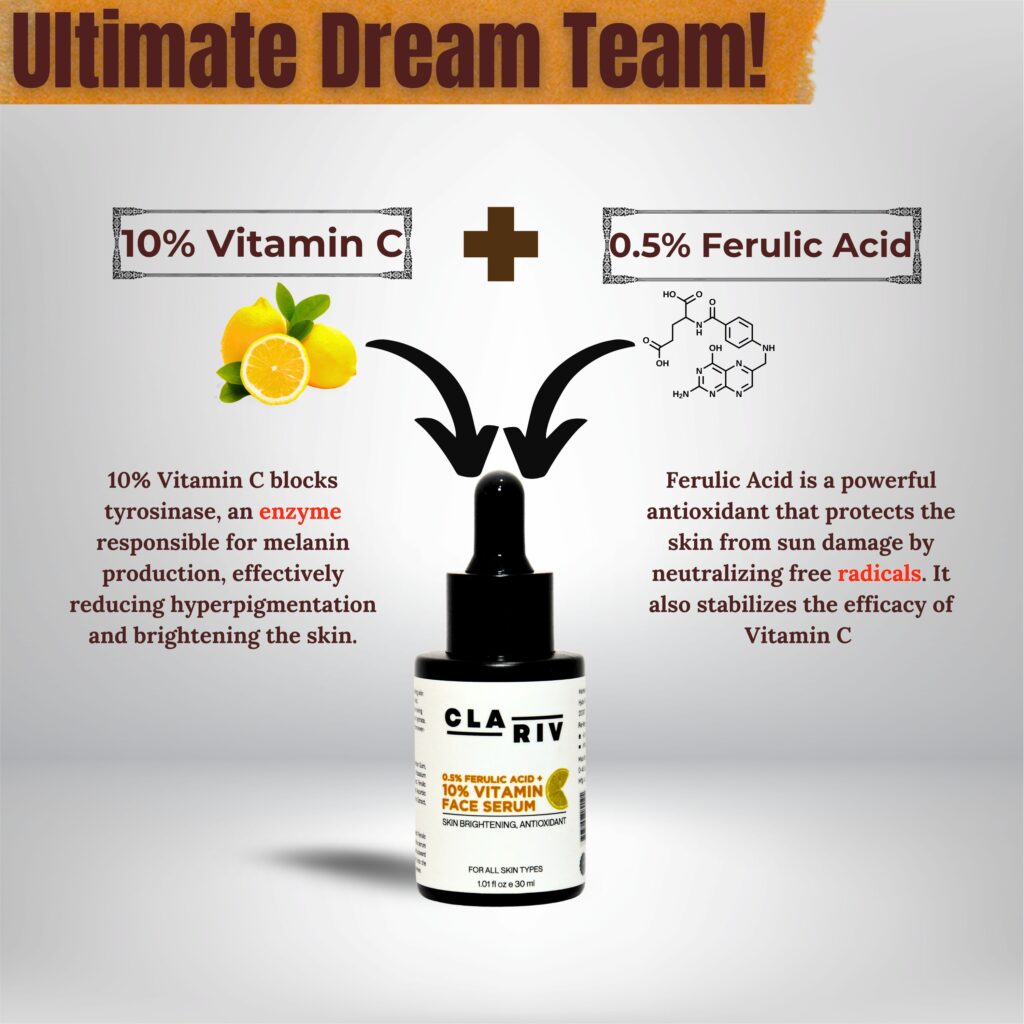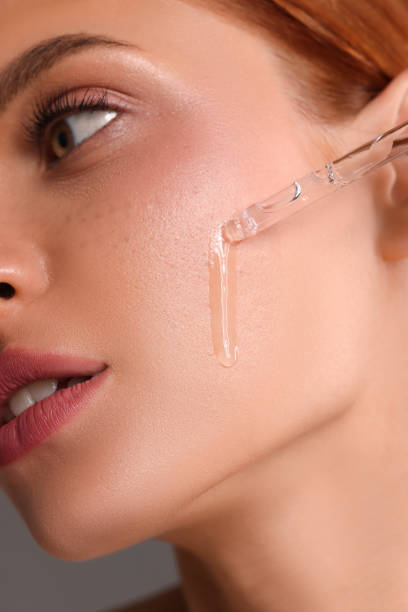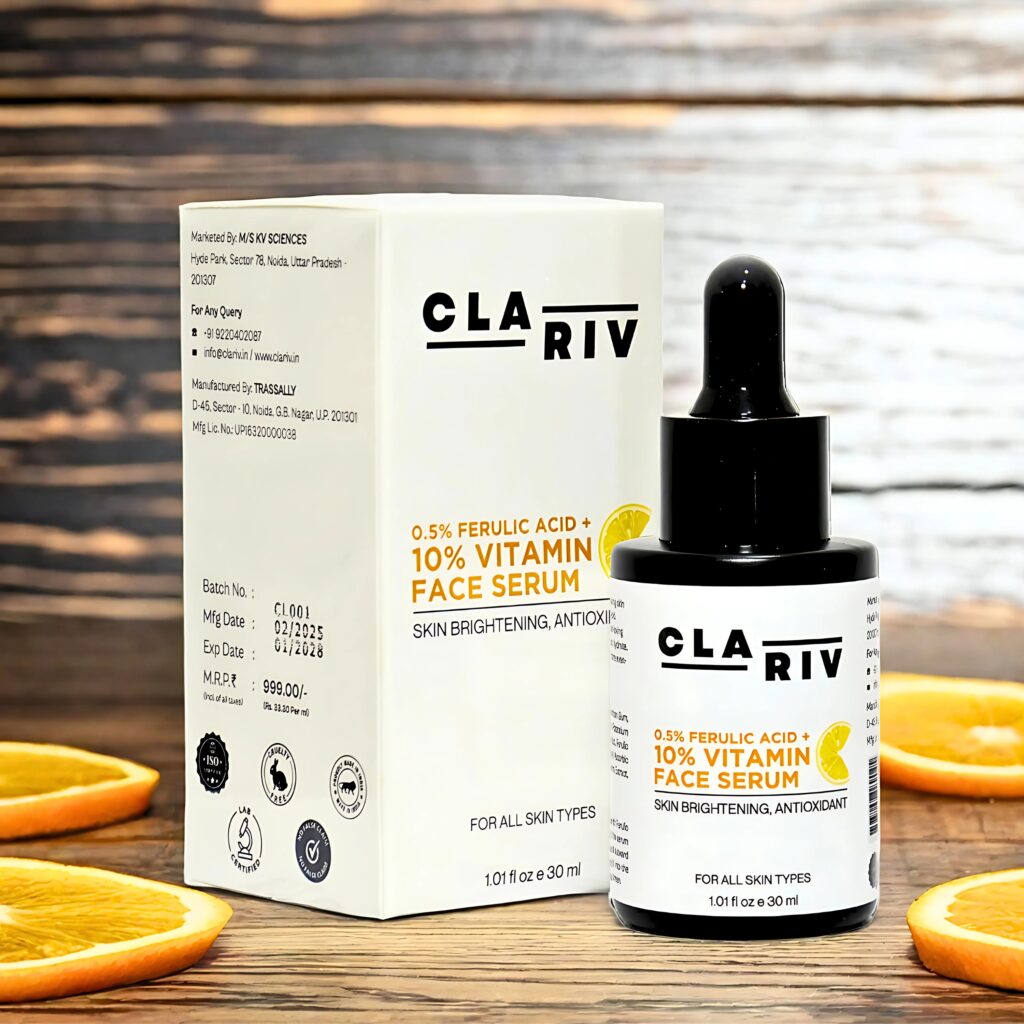Bilirubin Normal Range: What It Means & How It May Affect Your Skin
When it comes to skin health, most people focus on creams, serums, and sun protection. But sometimes, skin issues may be linked to internal health markers. One such marker is bilirubin — a substance that plays an important role inside your body and can even impact your skin if levels become abnormal.
At CLARIV, we believe that healthy skin starts with a healthy body. Let’s understand bilirubin and its role in your overall skin appearance.
What is Bilirubin?
Bilirubin is a yellowish substance created during the natural breakdown of old red blood cells. After its formation:
-
It travels to the liver.
-
The liver processes it and removes it through bile.
-
It exits the body via urine and stool.
A healthy liver keeps bilirubin levels in balance. When bilirubin builds up in the blood, it can lead to visible symptoms — especially on your skin and eyes.
What is the Normal Range for Bilirubin?
In healthy adults, the typical bilirubin range is:
-
Total Bilirubin: 0.3 to 1.2 mg/dL
-
Direct (Conjugated) Bilirubin: 0.1 to 0.3 mg/dL
-
Indirect (Unconjugated) Bilirubin: Calculated as Total – Direct
(Note: Reference ranges may vary slightly between laboratories.)
What Happens if Bilirubin Levels Are Abnormal?
High Bilirubin (Hyperbilirubinemia)
-
May be caused by:
-
Liver diseases (hepatitis, cirrhosis)
-
Gallstones
-
Hemolytic anemia
-
Blocked bile ducts
-
Certain medications
-
-
Common symptoms include:
-
Jaundice (yellowing of skin and eyes)
-
Fatigue
-
Dark urine
-
Pale stool
-
Itchy skin
-
Low Bilirubin (Less Common)
-
Usually not harmful.
-
Occasionally seen in some types of anemia.
-
Rarely causes skin symptoms.
Bilirubin & Skin: The Connection
Though bilirubin itself isn’t part of your skincare routine, abnormal levels can affect your skin’s appearance:
Yellowish discoloration (Jaundice)
Dryness or irritation (in chronic liver conditions)
Itchiness (due to bile salt buildup)
Dull or uneven skin tone (from poor toxin removal)
Can Skincare Help in Bilirubin Imbalance?
Topical skincare like CLARIV products can help manage some skin symptoms:
-
Hydrating serums can soothe dry or irritated skin.
-
Sunscreens protect sensitive skin.
-
Moisturizers help restore skin barrier function.
However, it’s important to remember: only medical treatment can correct internal bilirubin imbalance. Skincare supports external comfort while your doctor treats the internal cause.
Lifestyle Tips for Supporting Liver & Skin Health
At CLARIV, we believe skin and body health go hand-in-hand. You can support healthy bilirubin levels by:
-
Drinking plenty of water
-
Avoiding excessive alcohol
-
Eating a liver-friendly diet (green leafy vegetables, antioxidants)
-
Exercising regularly
-
Avoiding self-medication without doctor’s advice
When Should You Get Bilirubin Checked?
You should consult your doctor if you experience:
-
Yellowing of skin or eyes
-
Fatigue without clear cause
-
Unexplained itching
-
Dark-colored urine
-
Unusual skin discoloration
Simple blood tests can measure your bilirubin levels and help guide treatment.
Final Thoughts
While bilirubin is not part of your daily skincare routine, understanding its role reminds us that true skin health starts from within. At CLARIV, we believe in combining science, wellness, and skincare to help you glow inside and out.
Explore CLARIV’s dermatologist-tested serums, sunscreens, and skincare solutions — designed to keep your skin healthy and radiant every day.




